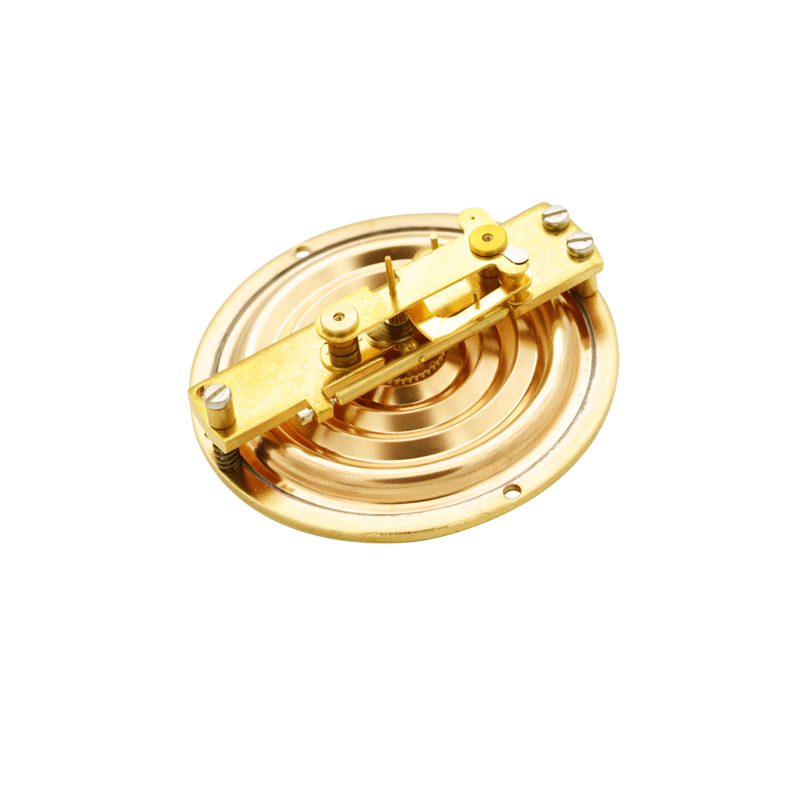
Nov . 25, 2024 02:46 Back to list
Essential Components and Maintenance Tips for Digital Pressure Gauges
Understanding Digital Pressure Gauge Components and Their Services
Digital pressure gauges have become an indispensable tool in various industries, providing precise measurements of pressure in a convenient and easy-to-read format. They are widely used in applications ranging from HVAC systems to manufacturing processes, and understanding their components and the related services is essential for maintaining their functionality and accuracy.
Components of Digital Pressure Gauges
1. Pressure Sensor The heart of any digital pressure gauge is its pressure sensor. This component converts the physical pressure exerted by a fluid or gas into an electrical signal. The common types of pressure sensors include piezoresistive, capacitive, and strain gauge sensors. Each type works differently, but they all serve the same primary function to respond to changes in pressure and relay that information to the digital display.
2. Microprocessor The microprocessor is the brain of the digital pressure gauge. It receives the raw data from the pressure sensor, processes that data, and converts it into a readable digital format. The microprocessor also handles calibration, data storage, and communication with other devices, should the gauge be part of a larger monitoring system.
3. Display The digital display is where users interact with the pressure gauge. It can feature various formats including LCD or LED screens, which provide clear visibility under different lighting conditions. The display often includes additional information such as units of measurement, battery life, and alerts for abnormal pressure readings.
4. Housing The housing protects the internal components of the gauge from environmental factors such as moisture, dust, and mechanical impact. Depending on the application, the housing can be made from different materials, including stainless steel, plastic, or aluminum, often employing IP ratings to denote their level of protection.
5. Power Supply Digital pressure gauges require power to operate their sensors and displays. They may use batteries, AC power, or be powered through a process called loop power, common in industrial applications. It's crucial to ensure that the power supply is consistent to maintain accurate pressure readings and gauge functionality.
6. Connection Ports These components allow the gauge to connect to pipes or machinery where pressure is being measured. Various fittings, such as NPT or BSP connections, ensure that the gauge can be securely attached to the system, preventing leaks and ensuring safety.
digital pressure gauge components service

Services Related to Digital Pressure Gauges
To ensure that digital pressure gauges function accurately and efficiently, various services are essential
1. Calibration Regular calibration is necessary to maintain accuracy. This process involves comparing the gauge reading with a known standard and making necessary adjustments. Calibration should be performed at intervals recommended by the manufacturer or whenever the gauge is suspected of being inaccurate.
2. Maintenance and Repairs Like any equipment, digital pressure gauges require regular maintenance. This includes cleaning, inspection for wear and tear, and replacement of any faulty parts. Routine service checks can prevent unexpected failures and prolong the lifespan of the gauge.
3. Technical Support Many manufacturers and service providers offer technical support for installation and troubleshooting issues. This can be crucial for industries relying heavily on pressure measurements for operational safety and efficiency.
4. Replacement Services Eventually, components of digital pressure gauges can wear out or malfunction. Service providers often offer replacement services, whether it’s swapping out a faulty display or the entire unit, ensuring minimal downtime for operations relying on accurate pressure readings.
5. Upgrades Technology evolves rapidly, and upgrading to a more advanced model can lead to improvements in measurement accuracy, data logging capabilities, and connectivity options. Service providers can assist with the evaluation of new technologies and installation processes.
In conclusion, understanding the components and services associated with digital pressure gauges is vital for businesses that depend on accurate pressure measurements. From their intricate components to the necessary services that keep them running smoothly, investing in quality gauges and reliable support ensures operational efficiency and safety across various industries.
-
High-Precision 5 Valve Manifold Differential Pressure Gauge Suppliers
NewsApr.29,2025
-
High-Precision Diaphragm Vacuum Pressure Gauges Manufacturers & Quotes
NewsApr.29,2025
-
Omega Differential Pressure Gauges High Accuracy & Durability
NewsApr.28,2025
-
Low Pressure Differential Pressure Gauges Precision Solutions & Quotes
NewsApr.28,2025
-
Digital Diaphragm Pressure Gaauge Precision Measurement & OEM Quotes
NewsApr.28,2025
-
Differential Pressure Gauge China Price High-Accuracy & Best Quotes
NewsApr.28,2025
